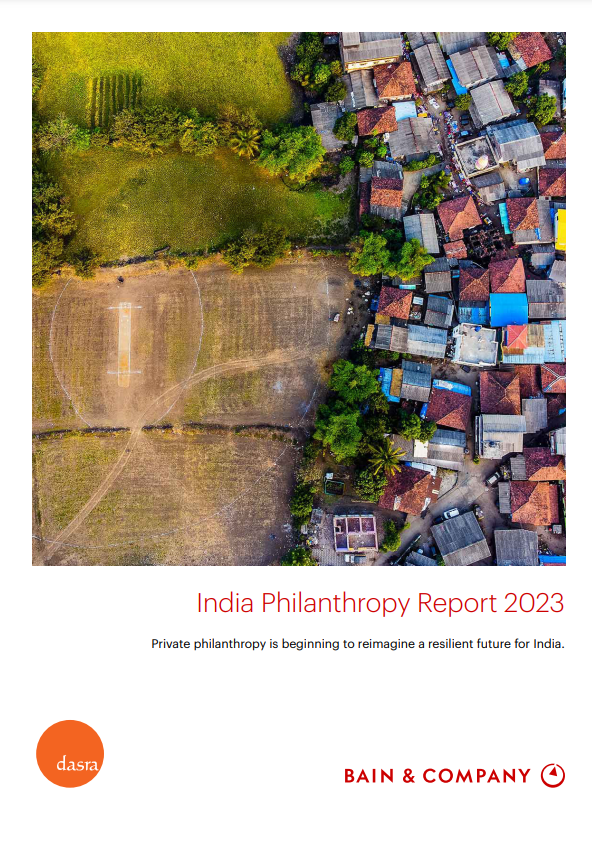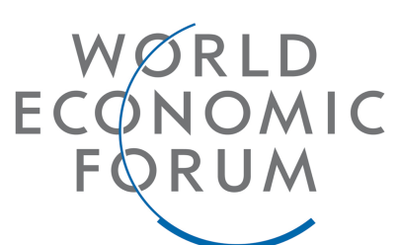How is philanthropy shaping social sector funding in India?
Source – India Philanthropy Report 2023

Bain & Company in collaboration with Dasra has released a report titled ‘India Philanthropy Report 2023’. The report throws light on the status of social sector funding in India, the role of various cohorts in Indian philanthropy, and understanding the present giving behavior of inter-gen and now-gen givers.
India’s social sector spending was at 9.6% in FY 2022. But it still remains short of Niti Aayog’s target of spending 13% of GDP to achieve the United Nations Sustainable Development Goals by 2030. A major share of social sector spending is lifted by the public sector which rests at 95% of total spending. Therefore, private philanthropy can step in by acting as a catalyst in bridging the social sector funding gap in India.
Private Philanthropy in India
Private giving comes from two resources – foreign and domestic philanthropists (CSR, corporate trusts, and individuals). Domestic philanthropists are classified as family philanthropists which include Ultra-high-net-worth individuals (UHNI), high-net-worth individuals (HNI), and affluent individuals. Let us understand the role of various philanthropic actors in social sector funding.
CSR Funding
CSR funding has grown by 5% from FY 2021 to FY 2022. This is driven by the government’s 2% mandate. But it is heavily directed toward a few states mainly Maharashtra, Gujarat, Karnataka, and Tamil Nadu which indicates geographical bias. A state-wise comparison indicates that there is a greater need for funding for Meghalaya, Bihar, Madhya Pradesh, Uttar Pradesh, and Jharkhand. The allocation of funds is also heavily concentrated (55%) toward healthcare and education.
Indian UHNI
UHNI giving has been reduced by 5% despite their net wealth increasing by 9.2% in FY 2022. Compared to US, UK, and China, the Indian UHNI has donated substantially low across all wealth levels. The sectoral allocation of giving was concentrated in health and education with 58% of total giving in these two sectors. The contributions to arts, culture, heritage, rural development, and livelihood enhancement are considerably dropped. Amid the rising wealth of UHNIs in India, it is recommended that more individuals step up giving to bridge the social sector funding gap.
HNIs and Affluent Individuals
HNIs and affluent individuals giving increased to 11% but it is moderate growth given the historical records of 27% in 2017, 26% in 2021 to 28% in 2022. This group has the potential to grow its share of giving. The report has thrown light on an enabler of a tech-based platform that can bring them under one roof with credible data and requirements of funding which they can utilize to target their funding.
Retail Giving
Retail giving grew by 18% in FY 2022. The share of retail giving to total domestic private giving is 36%. This rise in giving is attributed to the increasing adoption of UPI, digital giving innovations, and crowdfunding. This has helped regularise, monitor, and understand the giving patterns of retail givers. This trend is a significant opportunity to formalize retailers and utilize their giving potential for various causes.
Future Prospects
Inter Gen (the current generation of family philanthropists) and Now Gen (professionals and entrepreneurs that have first-generation wealth) will be influencing the philanthropy trends in the near future. Out of this generation, over 90 percent want to get involved in emerging causes like climate change; gender, equity, diversity, and inclusion (GEDI), and strengthening the philanthropic ecosystem. The following pointers will give you an idea of each of the emerging areas.
- Climate Change
This generation has an affinity towards the climate sector and an understanding of its adverse impact across sectors. 15% of them were eager to invest in these sectors and incorporate a climate lens towards their existing portfolio.
- GEDI
17% of this generation has a keen interest in GEDI and wants to address the challenges of caste discrimination, mental illness, and gender bias. As vulnerable communities are impacted by inequities, it is necessary to use a GEDI lens in private spending.
- Strengthening Philanthropic Ecosystem
Building India’s philanthropy ecosystem will be crucial in increasing private spending in the social sector. This need is recognized by this generation as 41% of them were interested in capacity building of non-profits, innovative ways of giving, and collaborative platforms to influence social change.
Private philanthropy can prove a catalyst in building synergies with government, businesses, foundations, civil society, and communities. They should realize their potential in bridging the gap in social sector funding.
You can read the full report here!


